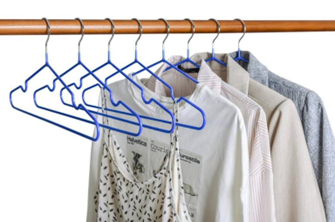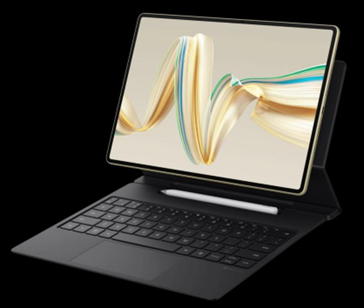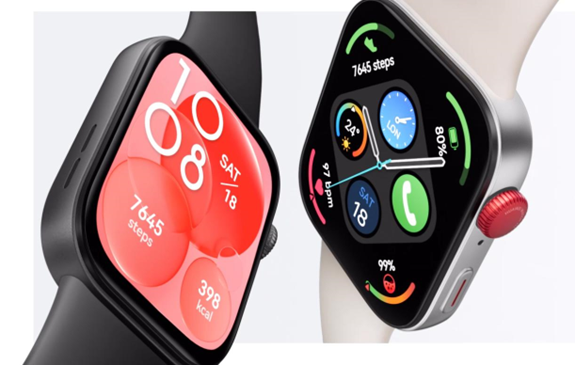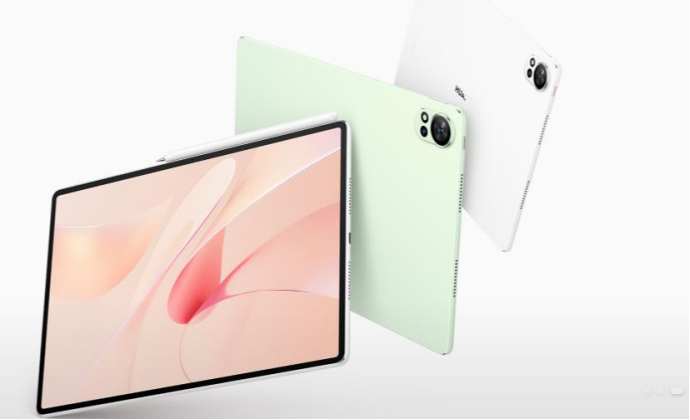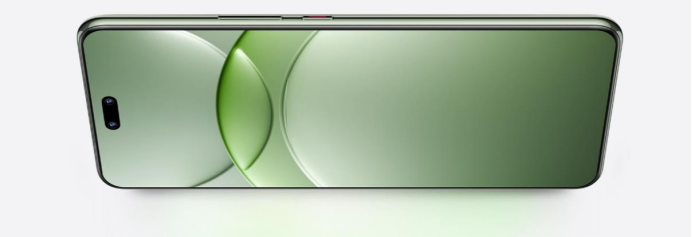Interchangeable lens cameras (ILCs) are the sleeper hit of the season as manufacturers crawl over each other to announce newer models as the days go by. Samsung's NX11 is the upgrade to the
NX10
that was released in 2010. While not a major overhaul, it does feature a few incremental updates.
design and functions
The NX system dispenses with the traditional mirror and pentaprism arrangement of traditional SLR cameras, while still allowing for traditional lens interchangeability. From the outside, the NX11 looks like a downsized SLR camera Mode dial (full PASM control plus auto, scene, movie, portrait and landscape auto). The shutter button is enclosed by the power button, similar to Nikon dSLRs.
The conventional layout continues on the back until the 3-inch AMOLED screen is revealed. Unlike the traditional LCD panels found on dSLRs and Micro Four Thirds cameras, this screen uses less power and has a vibrant and clear appearance with 920,000 dots inside. In other words, it's a high-definition screen, easy to see and focus.
Handy with the Samsung WB700 and NX11
View all photos
+7 more
Other specifications include the 14.6-megapixel APS-C format CMOS sensor, which is the same size as that found in digital SLR cameras, and an electronic viewfinder integrated into the artificial prism hump on top of the camera. The camera is Compatible with SD/SDHC cards and uses a rechargeable lithium-ion battery and HD video recording (720p).
The NX10 has image stabilization in the lens rather than in the body, unlike one of its interchangeable lens (ILC) competitors such as the Olympus E-PL2. On the side there is an HDMI output, as well as a remote jack, an AV output and an external power input. The NX11 can record in 1:1, 3:2 or 16:9 aspect ratios.
NX10 vs NX11
What are the main differences between this camera and the?
NX10
?Few would swear by a slightly different grip, i-Function lens compatibility, and a new panorama mode on the dial. While early reports claimed the NX11 had a top ISO limit of 6400, like the
NX100
, that's not true. The NX11 peaks at ISO 3200.
The i function designates the new NX system lenses with a small iFn button on the lens barrel. Pressing the focus wheel toggles between exposure setting, ISO, white balance and aperture/shutter. This works in the same way as the NX100.
perfomance
General recording data (in seconds)
Time for the first shot
RAW capture-to-capture time
JPEG shot-to-shot time
Shutter Delay
Samsung NX11
1.1
1.2
1.1
0.3
Olympus E-PL2
1.9

0.8
1.1
0.3
Panasonic Lumix GF2
1.0
1.3
0.8
0.2
NX100
1.1
3.7
1.3
0.3
Sony NEX-5
1.7
0.9
0.9
0.4
Burst speed (longer bars indicate better performance)
Samsung NX11
3
Olympus E-PL2
3.1
Panasonic GF2
3
Samsung NX100
2.5
Sony NEX-5
2.6
The NX11 has a variety of burst shooting modes, including standard burst and burst, which can shoot at 10, 15 or 30 frames per second (while dropping the resolution to 1.4 megapixels). Samsung rates the battery at 400 shots.
picture quality
Like its companion NX100 and NX10 cameras, the NX11 produces very nice JPEG images at full resolution, with clear details and punchy but not oversaturated colors. The AMOLED screen makes viewing and composing images a pleasant experience, more so than using the electronic viewfinder, which is rather small and has a lower refresh rate.
Prev: Samsung NX11 im Test
Next: Samsung NX3000 Review

